When I first got my Leica M10-P I referred to it as being brilliantly underwhelming. This isn’t the most complimentary sounding comment I don’t think, but actually it comes from a place of feeling really very satisfied with it as a camera.
For a specific set of my needs, the Leica M10-P does exactly what it’s supposed to and does so in a way that I needn’t put a second of thought into how I use it and what I use it for. But none of this is because it’s the most technologically advanced camera I own – instead it’s because it feels like it’s the most well refined as a concept. And for that alone, I see it as only a little less than a complete success as a camera.
Despite this – in fact probably because of this – I actually don’t use it all that extensively. Which likely sounds like a slightly daft attitude to have toward a camera that is singularly worth more than the sum total of most (if not all) of my other cameras combined…? I’m also aware that it’s not entirely without flaw. And indeed as a rangefinder camera, it’s far from universally appealing.
The thing is, when I do use it, and what I use it for, it just feels nigh on perfect to me. In fact, as well as calling it brilliantly underwhelming, I’ve also referred to it as being the “best camera I’ve ever used”. Of course, phrases like that run precariously close to hyperbole, especially when taken out of context.
As such, this article is designed – alongside the more simple job of reviewing the camera – to be the context to these statements. I want to talk about how I see it as being the best camera I’ve ever used, yet I am able to simultaneously find it quite underwhelming, and indeed be completely aware of and accepting of its shortcomings… despite the amount I paid for it.
The Leica M10-P is not the best camera ever made
Ok, so let me start with my statement that it’s “the best camera I have ever used”. For clarification, I’m not for one minute suggesting that no other camera that’s ever been made is better. In fact, objectively speaking, I could make a very strong argument that the camera I shoot at work – the Sony A7Riii – is a significantly “better” camera.
When I say “best” I mean that context of it fulfilling its specific set of goals as a camera. Of course, there are very few cameras that are designed with the same goals as a Leica rangefinder. In fact, as the latest version of the m-mount rangefinder concept, with Leica being the only company that make this type of camera*, I suppose that it should go without saying that it’s the best at what it is. It is, after all, basically without competition.
*I’m not including Pixii here, as I talked about in a recent post, I actually see it as a very different concept of camera.
What I’m actually trying to say here is that I think the Leica M10-P is better at being a manual focus digital rangefinder camera than the aforementioned Sony A7riii is at being an autofocus digital mirrorless camera. In fact, I can’t think of many digital cameras that are as good as the Leica M10-P is at fulfilling their basic purpose. The key to this – at least in my eyes – is how simple that basic purpose is.
The digital rangefinder niche
The Leica M10-P is a niche product very specifically designed for a small percentage of photographers who want a simple to use, comparatively stripped back feature set in a digital rangefinder camera. That is to say, those who shoot Leica digital rangefinders – at least as a general rule – just don’t seem to be that interested in the bells and whistles. In fact, I think it’s fair to say that many of the people who shoot these cameras do so – at least in part – to relieve themselves of the overwhelming and complex nature of the cameras available from other brands.
What’s interesting about this is that it seems to extend to the photographic power of the Leica M10-P. Leica are often accused by their detractors of charging more cash for cameras that aren’t as high quality when it comes to the output compared to that from other cameras on the market. We who buy them are sometimes derided for paying more for lower maximum ISOs, lower pixel counts and less dynamic range etc. This might seem crazy to some, but as someone who shoots a Leica M-mount digital rangefinder – in the same way as I don’t fuss about those things when I’m shooting film – I can tell you that those factors are just not my highest priorities when I’m shooting my Leica M10-P.
Because of all this, Leica don’t need to conform to the more common camera design philosophy of adding more and more features or excessive jumps in photographic power with each model iteration to sell them in the same way many of the other brands need to. Instead, they just need to conform – at least as much as is possible – to the pretty much fixed design philosophy of the Leica M rangefinder.
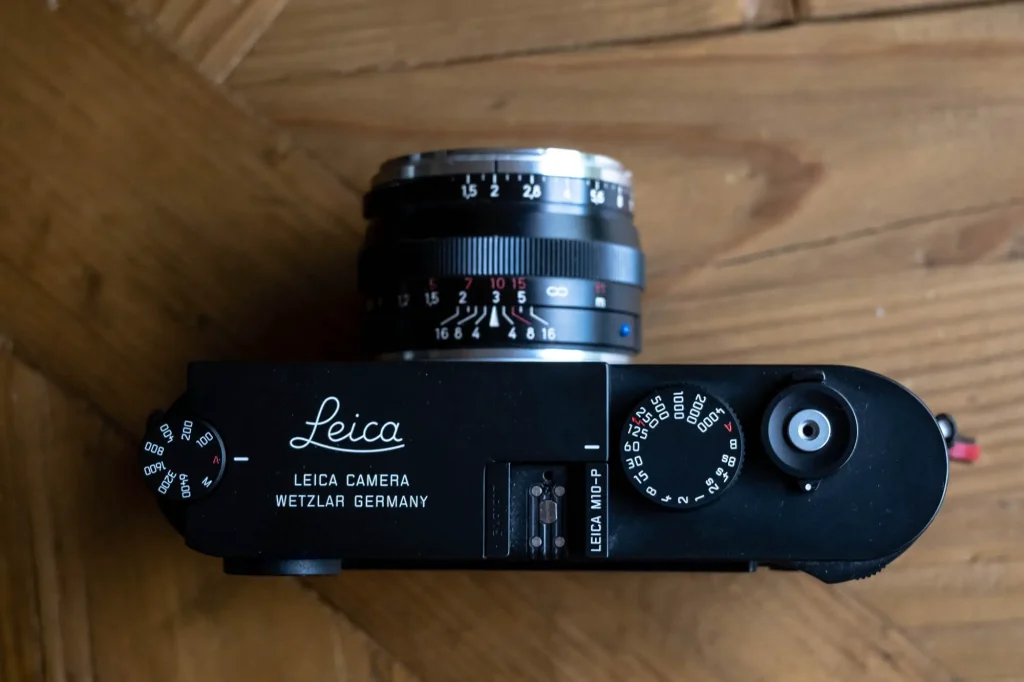
Refining the concept
As such, when talking about Leica refining the M10-P, the conversation about what “refining” means is slightly different when compared to when having the same conversation about a Sony camera. Unlike the likes of Sony who try to create cameras that are the best fit for as many people as possible, and therefore are designed to be the “best” all round camera, Leica are instead unusually positioned to just create a camera that’s slightly better at fulfilling the a very specific set of goals for a small niche audience of users.
And with the 66 years under their belts since they launched the first version of this camera (the Leica M3) and then 14 of those years of refining the digital m-mount rangefinder concept since the Leica M8, it should come as no surprise that they’ve done a pretty good job. In fact, really, they probably should’ve got here sooner… But, regardless of that, they’re here now, and as I’ve said – though still not perfect – the Leica M10-P is – in my opinion at least – a very successful camera!
So what have they refined in the Leica M10-P?
Despite there being not much to the Leica M10-P, there is actually quite a lot that I am going to talk about here. I’m not going to dig into the minutia of every feature and function, mostly I just want to talk about the features that I feel have really helped to refine this camera over previous Leica digital rangefinders… and indeed some of the stuff that still falls short.
A quick note on the Leica M10-P vs. M10
A lot of what I’m about to talk about also applies to the non-‘P’ version of the M10. As I get through this, I will just highlight the few extras the Leica M10-P also brings to the table. Hopefully, if you’re reading this trying to decide if you should fork out the extra cash for the ‘P’, this should hopefully help you work out which version to go for.
Smaller/Nicer to Handle
The Leica M10-P (and M10) has a slightly smaller form factor compared to all of the digital Leica rangefinders that came before. As I’ll get to later, this didn’t come without sacrifices, but if you’re used to the form factor of the original film cameras (excluding of course the M5), the Leica M10-P feels significantly more pleasant in the hand.
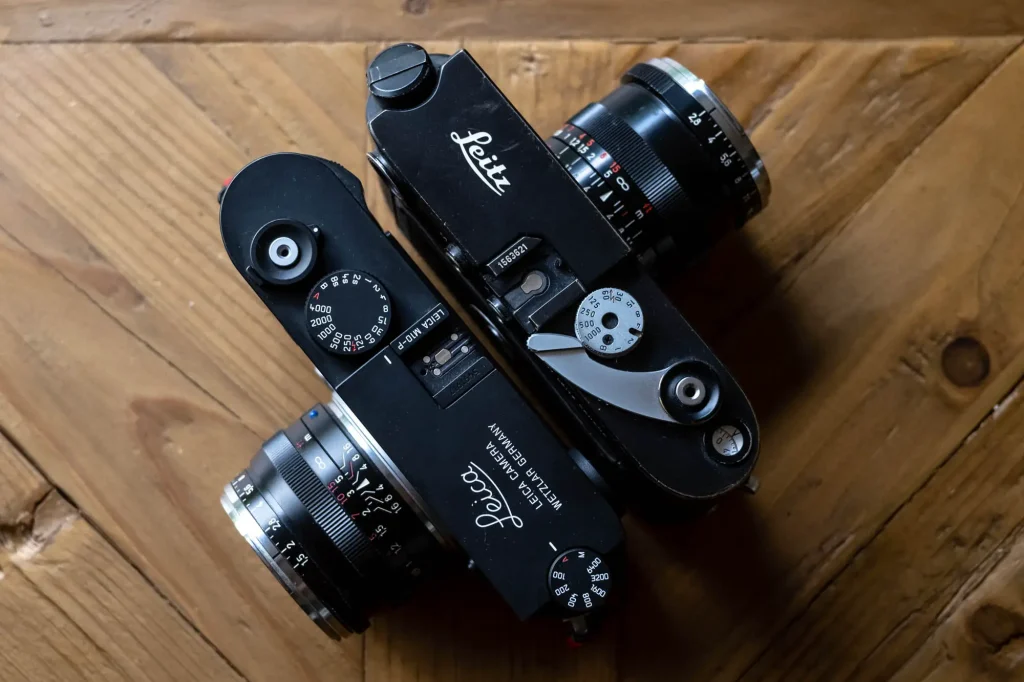
What I particularly like about it compared to my old M262 is the sense of density to it. Something about the M262 made it feel a little hollow. There really is only a few millimetres in it, but both the thinner body and more dense feeling body make Leica M10-P feel a lot more pleasant in the hand. The black chrome, as opposed to the black paint finish is also a preference of mine – though I know many will disagree with that one.
Quieter shutter
The shutter in Leica digital rangefinders seems to get quieter with each iteration. The M8 and M9 made a bit of a racket, the 240 and 262 were quieter, and though I haven’t used one, the M10 was supposed to be quieter still. The shutter in the Leica M10-P is even more quiet than the M10. To be honest, this isn’t really a big deal for me – I never found even the M8 to make to intrusive a noise, but if nothing else, the subtle deadened noise of the shutter in the Leica M10-P adds something the feel of the quality of the camera overall – especially alongside the aforementioned density of the thing.
Live view… but no video!
When the M240 was released, the sense of disbelief in some photographers that Leica had added live view and video was actually quite amusing. As if a Leica rangefinder would need such features?! I wasn’t so sure myself actually, but when I came to the use the M240 I was instantly sold on the live view. The screen wasn’t quite good enough to make use of it perfectly, but it was good enough to hint at the possibility of what live view could bring to this system.
As for video… It was the shift away from CCD to CMOS that allowed these added features, but as the saying goes, just because you can, doesn’t mean you should. I tried the video on the M240 a total of once. The problem with adding video is that it creates a need for so much other clutter. If Leica were to make it a useful feature, they would have to add things like HDMI and mic ports, not to mention all of the added guff in the menu. I really am glad they saw it as a dead end for the Leica rangefinder and ditched it on the M10 and Leica M10-P.
Better Screen
The screen on the Leica M10-P is actually a touch screen, whereas the screen on the M10 isn’t. I’ll share a few brief thoughts on touch functionality in a moment, but for now, I just want to point out that for the first time Leica have managed to find a screen that feels commensurate with the quality of the camera.
It has good enough resolution to judge sharpness, and at the same time isn’t overly warm or overly cool like the screen on the M262 and 240 respectively. I just shows a largely accurate rendition of the image coming from the sensor. As I’ve said, sometimes it seems like 14 years is a long time for Leica to taken to get some of this right…
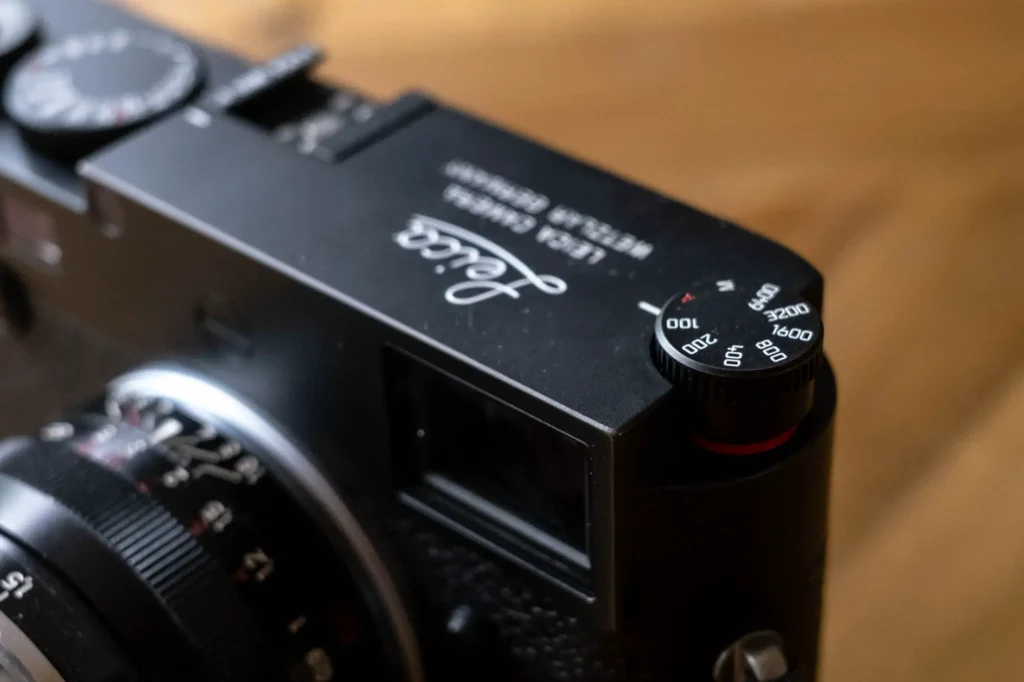
The Leica M10-P ISO dial
The Leica M10-P (and M10) ISO dial sits on the top left hand edge of the camera. Its design is a nod to the early rewind knob seen on the M3, M2, and then brought back to the MP and M-A. It clicks upward which allows you to change the setting, then clicks back down to lock the setting in. There’s a range of ISOs from 100 to 6400, an ‘A’ (for auto) setting which can be configured for maximum high ISO and slow shutter speeds. It also has an ‘M’ for manual setting which allows the ISO to be set to higher speeds than 6400 and more intermediate speeds via the menu.
I don’t use the latter. I just use the auto setting and then use dial to set it manually when the need arises. Auto is great for when I just want to point and shoot. Having a configured floating ISO in combination with a floating shutter speed allows for very easy worry free shooting. When I’m shooting in more difficult lighting, it’s very easy just to flick up the dial, lock in a speed and carry on shooting without having to think about going into any menus or press and hold buttons whilst rotating dials etc. In one quick glance at the top of the camera, all the settings in the exposure triangle can be understood – and that’s something I appreciate a great deal!
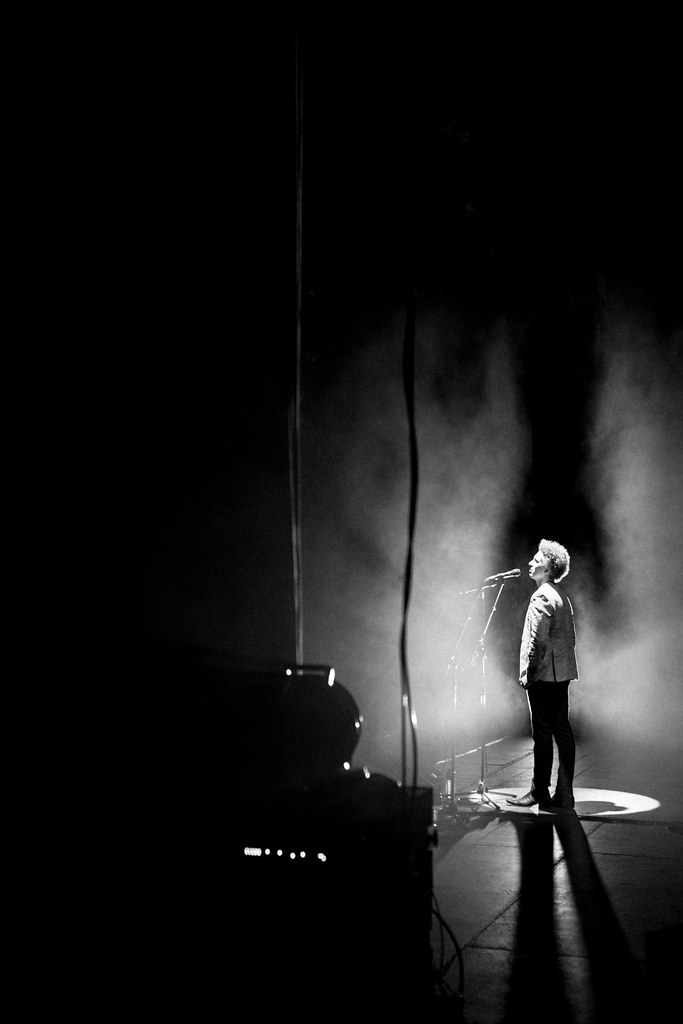
In fact, when I first saw this dial in the Leica M10-P release announcement, my gut reaction was mostly one of wondering why they hadn’t done it before. I wonder if perhaps that the Leica ethos of yore was that photographers who shot digital M rangefinders shot them more similarly to film cameras…? Certainly the M8 and M9 made for a slightly fiddly selection of ISO. The later M240 and M262 didn’t seem logical to me either. In fact, I incorrectly reported how manually changing the ISO was actioned in my M262 review. In hindsight I can see I was just being a bit thick, but really to me, one of the big advantages of digital is being able to quickly change ISO so the closer that level of control is to hand, and the easier it is to understand, the better.
Less Buttons and Switches
I get mocked to my face by some of my closer friends in the photography community about my obsession with buttons on cameras, but honestly, I don’t care. The fewer buttons a camera has, the more at home I feel with it. I’ve been testing myself a little when it comes to this assertion with the Fuji X100v and more recently a Pentax MZ-S – I like both of these cameras a great deal, but really, they do have too many buttons and switches.
Of course, the aforementioned ISO dial is an added dial. But as I’ve hopefully made clear, that one can be excused as – apart from the preferences I’ve outlined already – it also allowed for the removal of one of the buttons off the back of the camera. In fact, compared to the 6 buttons down the side of the screen on the M240, the Leica M10-P (and M10) only has 3.
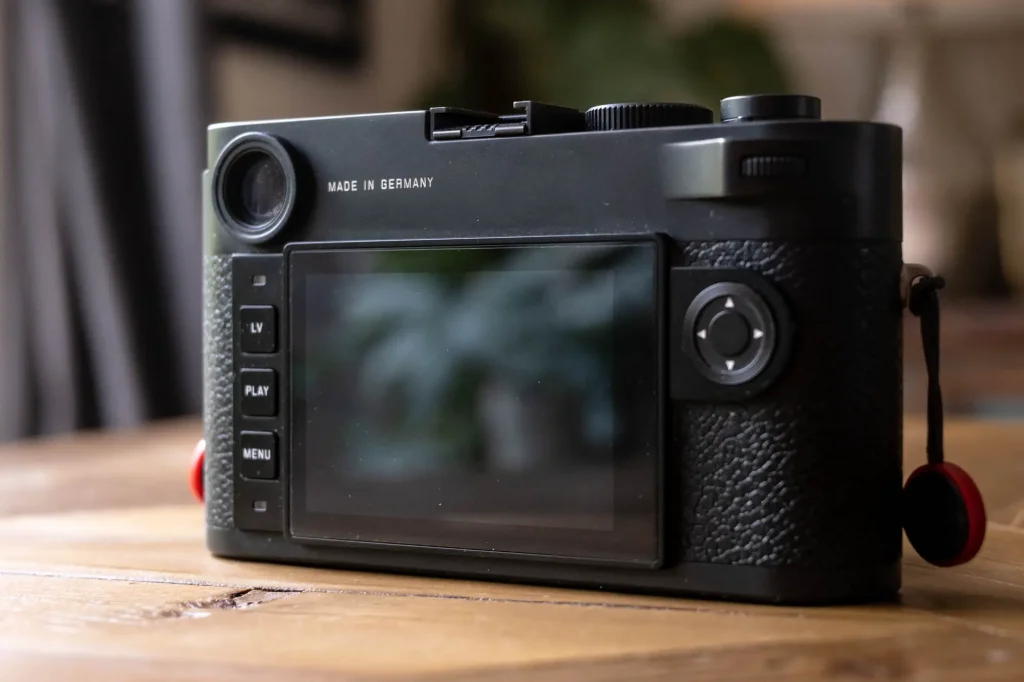
This might seem limiting, but actually the camera is no harder to use for having less buttons. If anything it seems more simple. Especially, if like me, you don’t need or have any regular desire to use, for eg, the interim or higher ISO settings.
LV switches on the live view. The PLAY and MENU buttons are self explanatory. Once in either the menu or play functions, the d-pad and centre button does all the navigation.
Touch Screen
As mentioned, over the M10, The Leica M10-P also has the addition of touch screen navigation. This allows for swiping through images as well as a pinch-to-zoom in on images in play mode. Once zoomed in live view, it also allows you to move around the zoomed in image – though it doesn’t pinch-to-zoom as in play mode. I don’t really see these as essential refinements, but they do make the camera slightly faster than when using the d-pad in both cases.
The Rear Dial and Front Button
One of the things I really love about the Leica M10-P is how Leica didn’t feel the need to give it the nth degree of customisability. As I will get to in a minute, the menu can be customised, but beyond that only thing that can be configured is the thumb dial on the back.
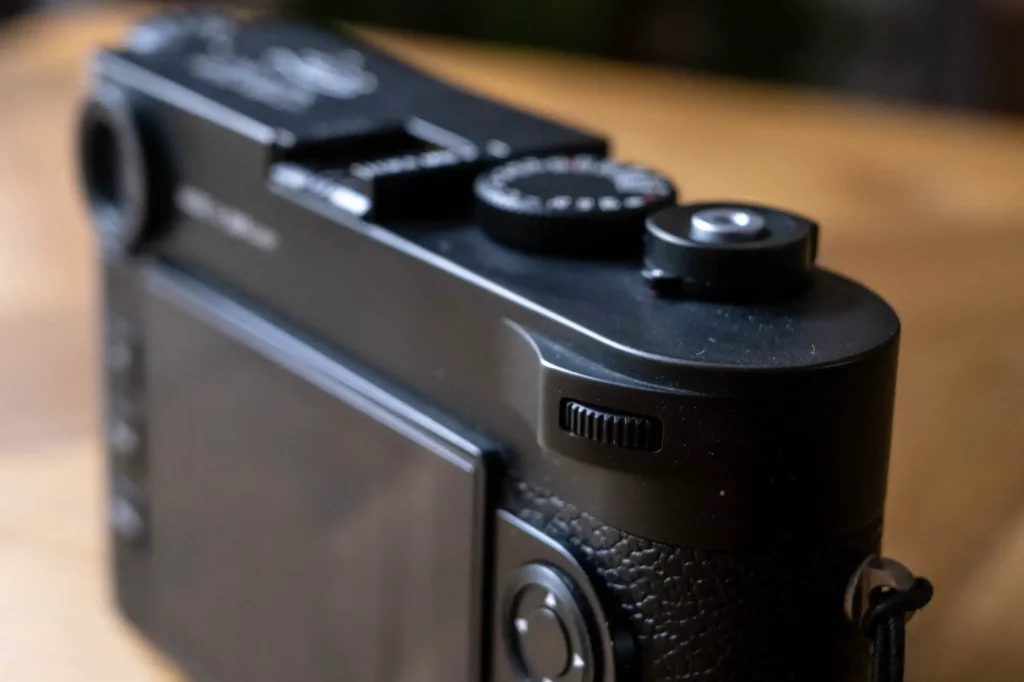
The dial has two possible functions, exposure compensation and zooming in and out when in live view. In the menu there is an option to set which of these two functions is allocated to the dial. Whichever one you choose, the other is accessed by pressing the front button. I have the dial set to exposure compensation primarily, as that’s the function I use most of the two.
The menu
The menu has been simplified too. With things like Wi-fi options for transferring images to a smartphone via the Fotos app, there is more options in the menu than the ultra slimmed down M262 menu. But to keep things simple, Leica have set up the menu system so that the first click of it brings up a screen of just the menu items you need quick access. In the menu, this is accessed via the same item as the setting up on the real dial functionality. There is an option to customise the menu where you can simply select ‘yes’ by the ones you want.
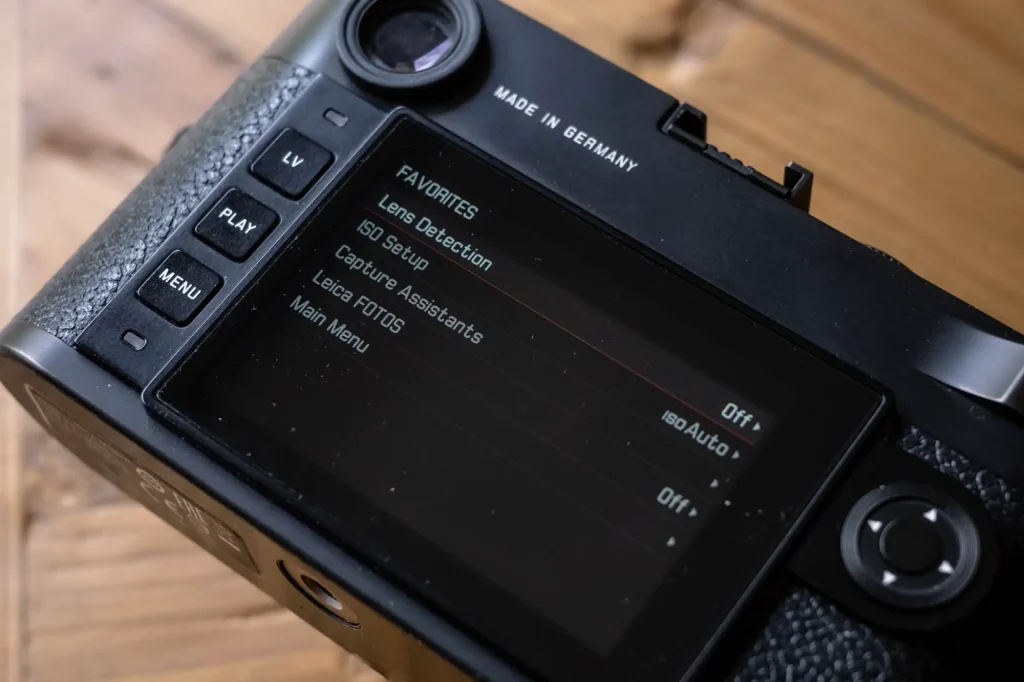
For my custom menu, I just have lens detection (which is usually set to off anyway), the ‘ISO Setup’ menu, the ‘Capture Assistants’ and ‘Leica Fotos’ for when I want to beam photos to my iPhone. Funnily enough, I only really use the latter two of those items, but since I have requirement for so few things in the menu, I doesn’t feel harmful to my sensibilities to let the other two remain for the few times I do use them.
Better at being a mirrorless camera
One of the things I really love about the Leica M10-P is how much better it is at being a mirrorless camera alongside its core function as a rangefinder. As far as I understand it, Leica’s goal was to allow better use of their R-Mount lenses. Of course, in doing so, they have actually created a platform that’s a lot more usable for adapting all sorts of different lenses.
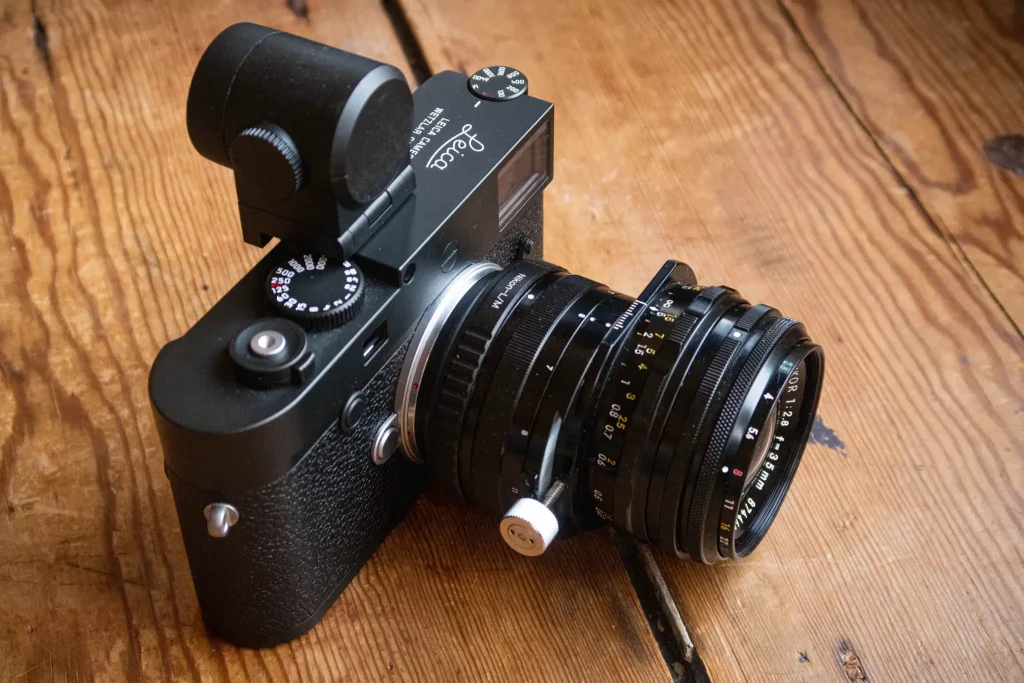
For some reason, this idea seems to horrify a lot of people. I have written articles talking about times I had used the Leica M10-P with my Nikon 35mm shift lens, as well as a Sony 135mm STM lens. On both occasions I was asked why I would mount such lenses to it, and in some cases even told that one of the main reasons to use Leica cameras is the Leica lenses. I have ranted about the stupidity of that latter ideal before here, but I am happy to give some room to the idea that mounting some of these other lenses might seem a little odd… at least at first. In reality though, the Leica M10-P makes for a very compelling option for lens adapting all sorts of lenses, in fact, for my tastes even more than the M10.
Zoom to check focus
For a start, as I have already said, it has live view that allows you to zoom in on the image to check focus. This zooming can even be set to happen automatically when you start manually focusing, though I find this a little irritating so have it set to manual. As I’ve already said, this is accessed by a press of the front button.
Focus peaking
The Leica M10-P, like he M240, also has focus peaking. What I particularly like about the implementation of the focus peaking is that it doesn’t appear on the screen until you press the front button so isn’t always there distracting from the image when you don’t want it to be. And since there is an option to set the zoom to un-zoomed, and the amount of zoom is remembered by the camera, pressing the front button can simply activate the focus peaking.
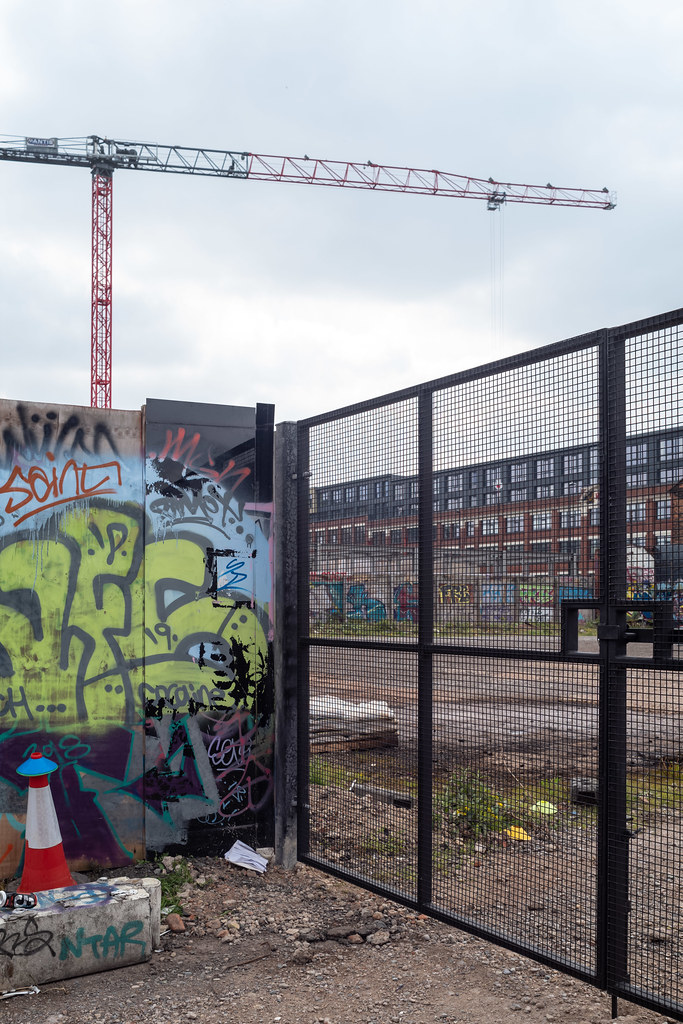
Better quality accessory viewfinder
The quality of the screen inside the articulating ‘Visoflex’ accessory viewfinder is also a bit step up from the one inside the viewfinder for the M240, which was just not that good for checking focus. The fact that the eye-level accessory viewfinder articulates and not the screen on the back is also a preference of mine. With cameras like the Sonys, it’s all well and good being able to fold up the screen to check focus, but in bright light or where critical focus is necessary, the eye-level finder is always a preference. Because of this, I find the articulating ‘Visoflex’ finder a lot more useful… though, as you will read in a moment, I do have some reservations about its design!
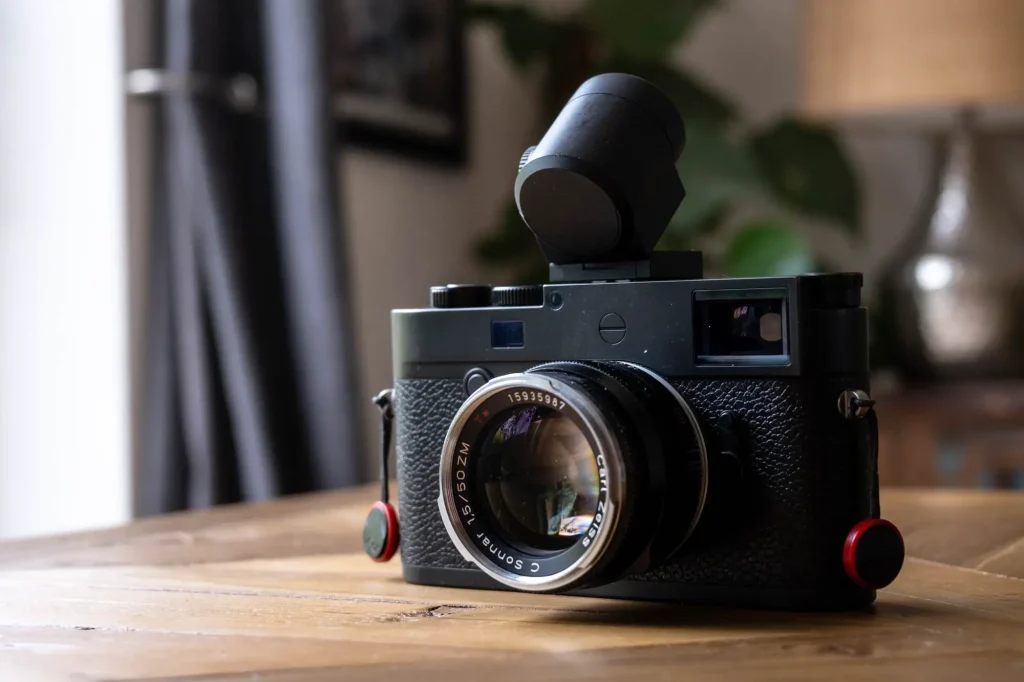
Virtual Horizon
As I have already said, I am not averse to mounting all sorts of weird and wonderful lenses on my Leica M10-P, one of them being my shift lens. Something that makes using shift lenses for architectural photography is having some sort of digital spirit level or virtual horizon. The M10 doesn’t have this feature, but the Leica M10-P does.
Better Edge/Corner Performance
In fairness, better edge and corner performance is something that brings value to mounting some M and LTM lenses to the Leica M10-P. My little Voigtlander 28mm works better on the M10-P than it has on any of the other digital Leica cameras I have owned or used. But, of course, this also brings value to mounting all sorts of other lenses to the system that on some systems would be a lot softer into the corners or have funny colours toward the edges of the frame.
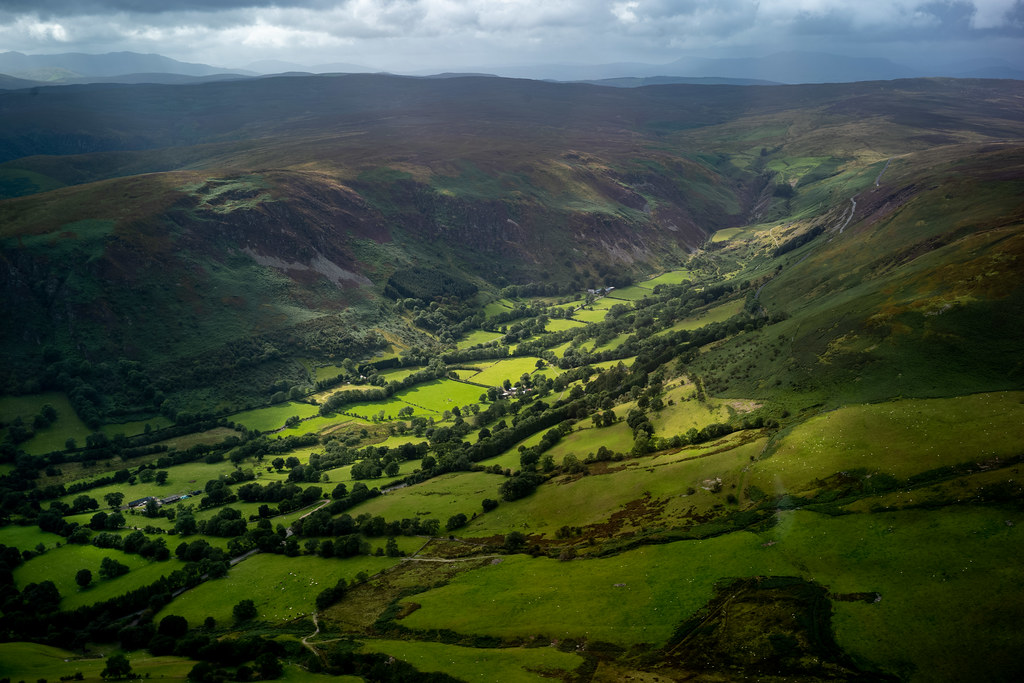
Where the Leica M10-P still falls short
All sound rosy? Well, of course, it’s not perfect. No camera is, but to reiterate the point again, it does amaze me a little bitthat Leica have managed to get this far and are still making cameras that aren’t, well, a lot closer to perfect…
Smaller-body sacrifices
As mentioned before, the smaller size of the camera has come with some sacrifices. The first is that the smaller camera has meant a smaller battery. I had hoped that the Leica M10-P would be more efficient and therefore that the smaller battery wouldn’t cause to much issue. As it turns out, this wasn’t to be the case – or at least perhaps because I use live view slightly more now it isn’t so poor – the battery seems to drain a lot quicker than the one in the M262 and M240.
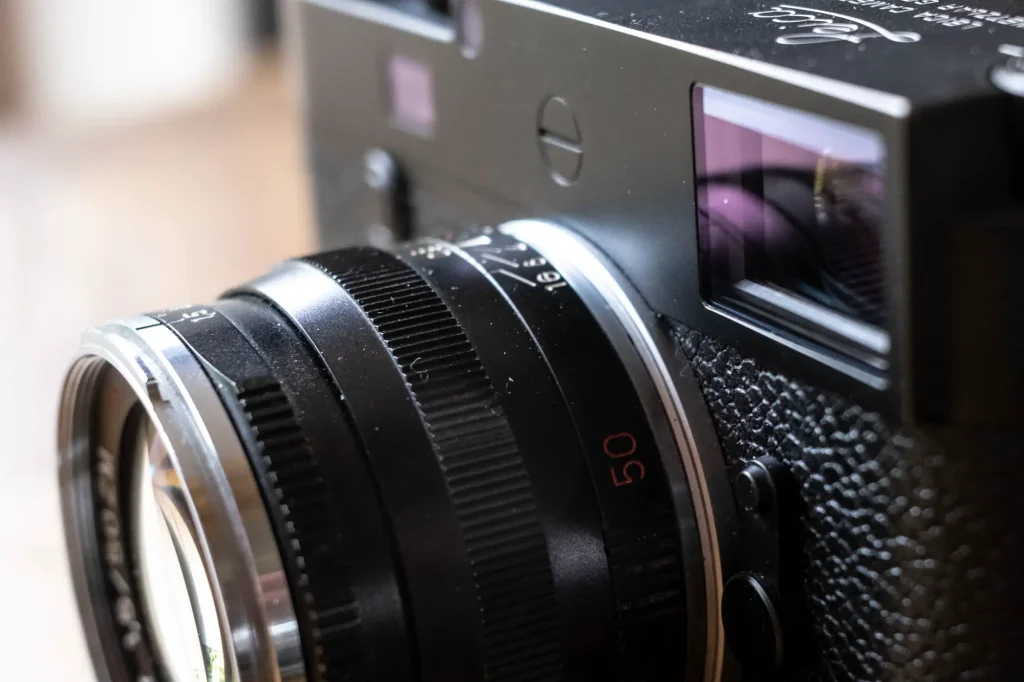
No longer compatible with goggled lenses
Something else that happened when Leica shrank the body of the camera was that the lens mount got thicker. I actually worried a little bit about this when I bought the Leica M10-P as I thought it looked a bit odd in the pictures and might give a sense that lenses stuck out from the body too much. In reality, I had nothing to worry about – I haven’t noticed once since owning the camera. That said, if you have goggled lenses, the goggles won’t work with the Leica M10-P as they sit too far away from the viewfinder.
No longer compatible with cut out lens adapters
This is something I have fallen foul of a few times recently. I have a full set of Voigtlander LTM-M mount adapters that I use with quite a lot of lenses – not least my ever-growing collection of Sonnars. The issue is, the design of these adapters is such that that they have a cut out area to allow some lenses with infinity locks to rotate without interacting with the mount. Unfortunately, this cut out reveals the 6-bit code reader. This wouldn’t be an issue if it wasn’t for the fact that the reader is also responsible for switching the live view off when a lens is detached. As such, when the camera is switched to live view, with the cutout adapters, the live view will randomly turn off as if the lens has been detached.
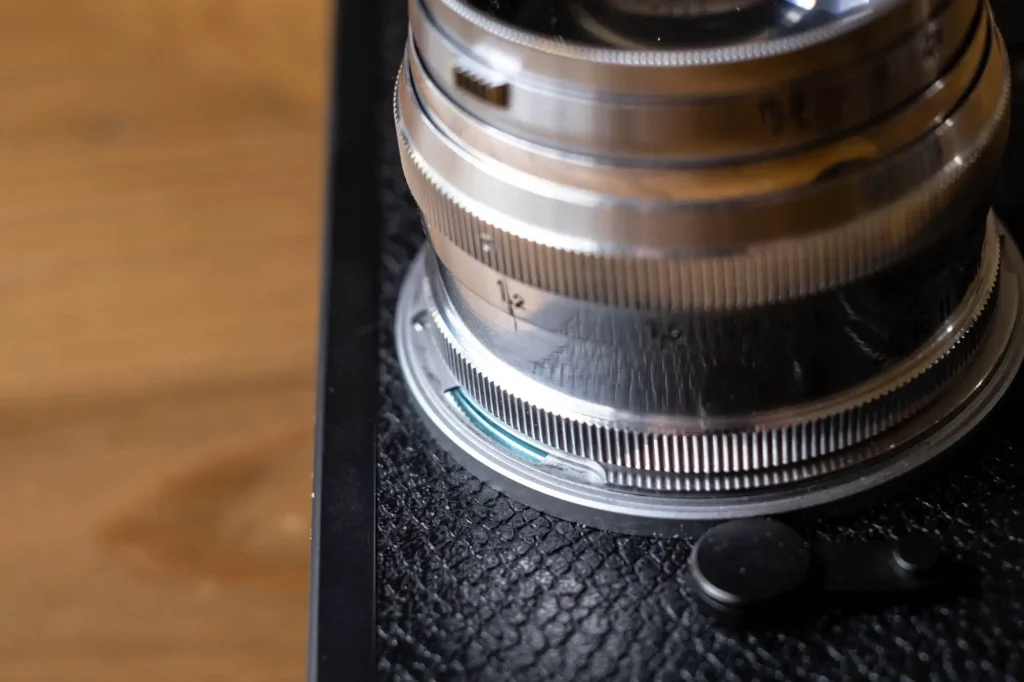
On the M240, if you set the lens detection to manual, it wouldn’t do this. This is not the case with the Leica M10-P, so now I need to buy a new set of adapters. In the meanwhile, I have been trapping a bit of tinfoil in the mount.
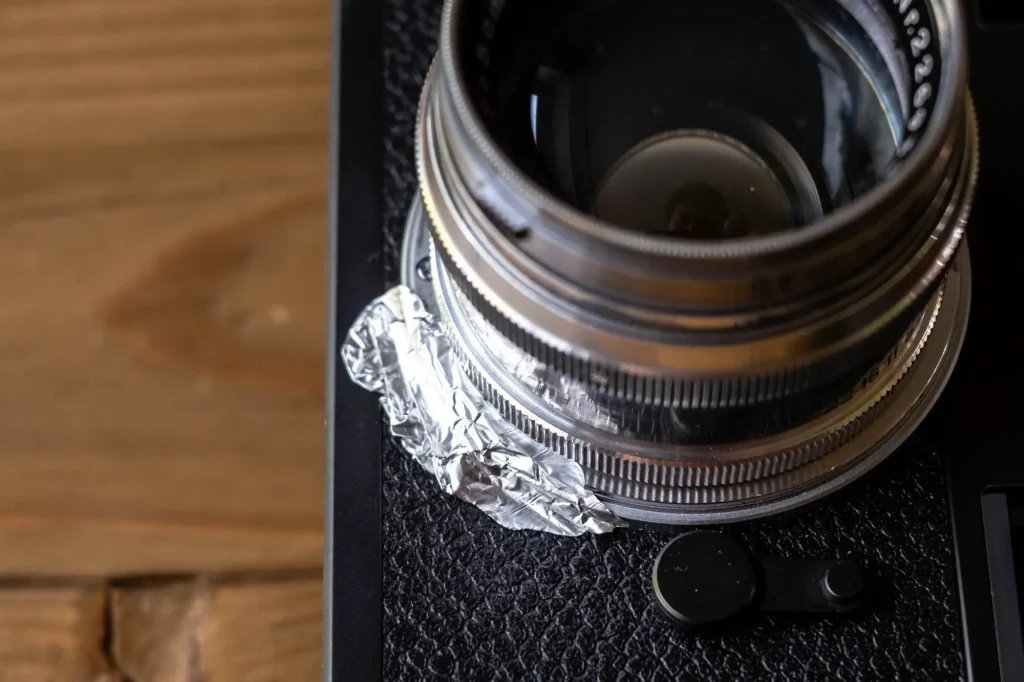
Poorly designed Visoflex
As I mentioned when I was praising the ‘Visoflex’ accessory finder above, whilst its a good viewfinder, it wasn’t designed for the Leica M10-P. In fact, it was designed for the Leica T. On the Leica T and Leica TL, whilst quite big, it sits quite nicely on top of the camera. On the Leica M10-P (and M10), it’s too big and thus covers over part of the shutter speed dial which makes it hard to read some of the speeds. I can see that that Leica were just trying to save a bit of money here by not making another viewfinder just for this camera, but really, this just seems crap to me.
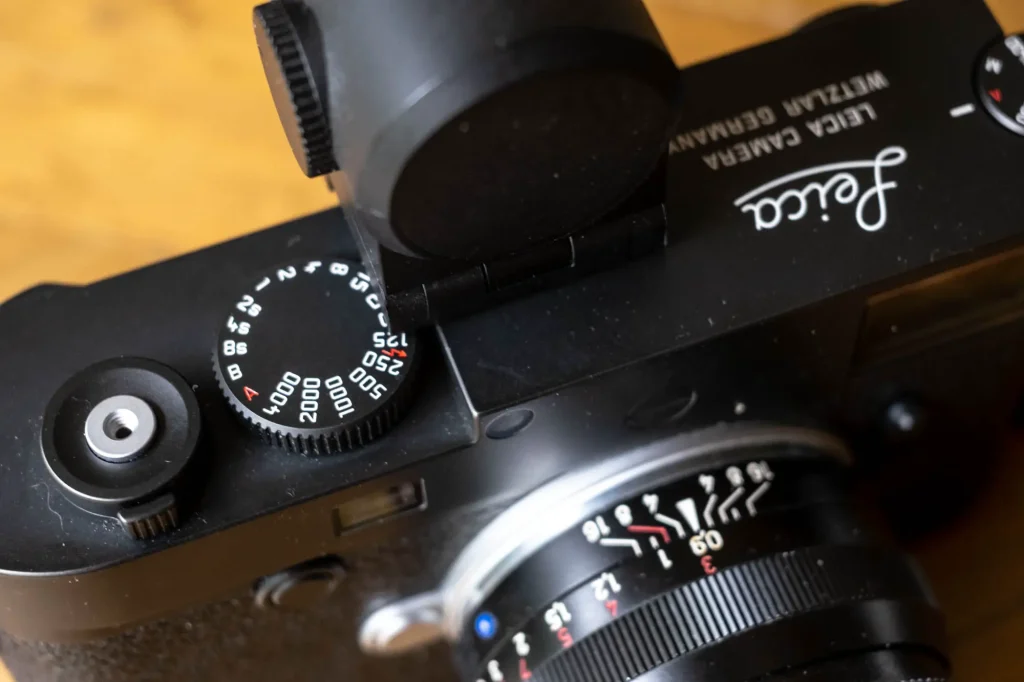
Front button position
As much as I have praised the functionality of the dial and front button, the position of the button on the front doesn’t work for me. It is positioned as a nod to the rewind release on the button version of the M2, but I don’t think that button was ever designed to be pressed with the right hand holding the camera. As such, it just feels awkward to find and press – and it doesn’t seem to matter how much I use the camera, I still struggle to find it!
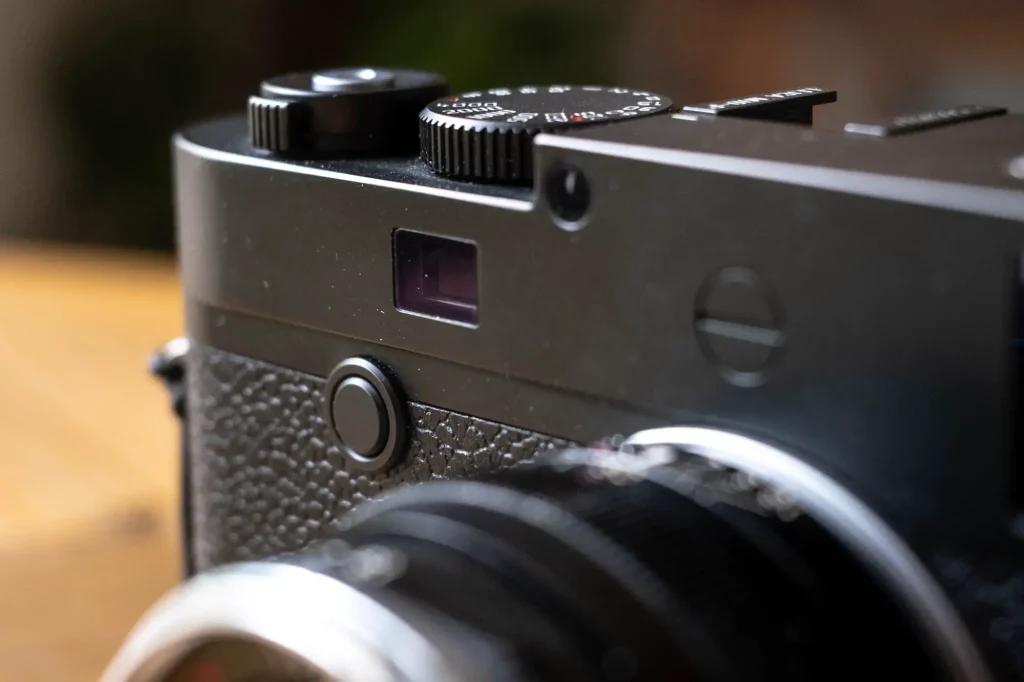
It’s a bit slow
I have to admit, the speed of the Leica M10-P is not something I have ever fallen foul of, but I know of a few people that are quite critical of its speed. This issue seems to most bother people who like to be able to shoot quickly, yet sporadically – for eg, street photographers. The issue seems to be summed up by the fact that when the camera goes to sleep, it can take a moment to come back to life. At the same time, if you turn off the power saving mode, the battery drains too quickly. It’s also a little slow to start up if you switch it off between shots. As I say though, I don’t find this an issue in the way I use the camera.
Leica M10-P Photos

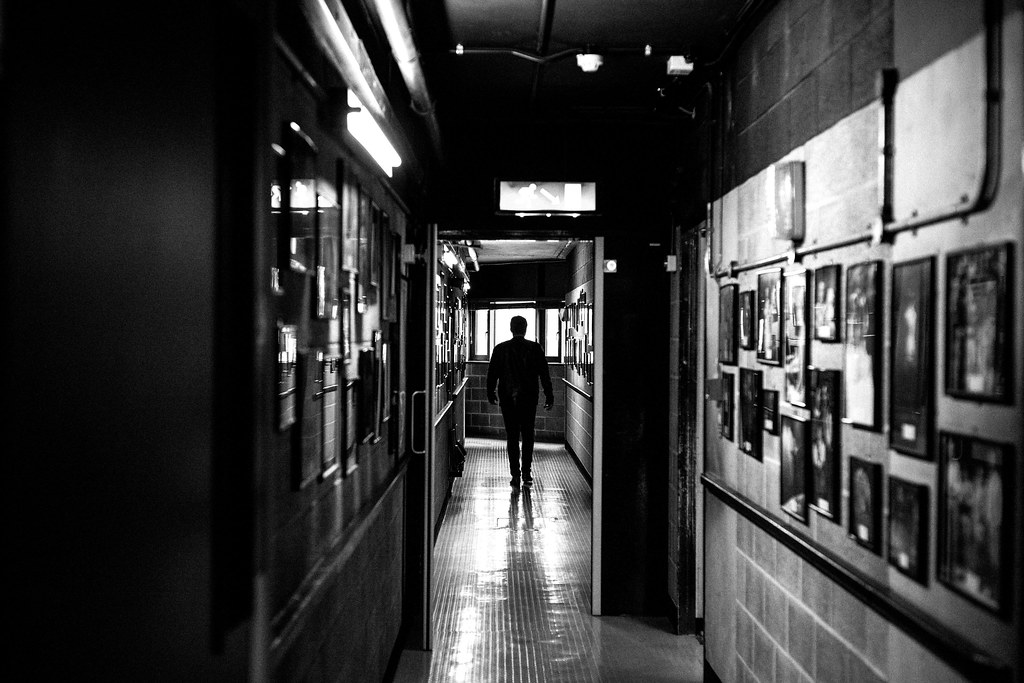
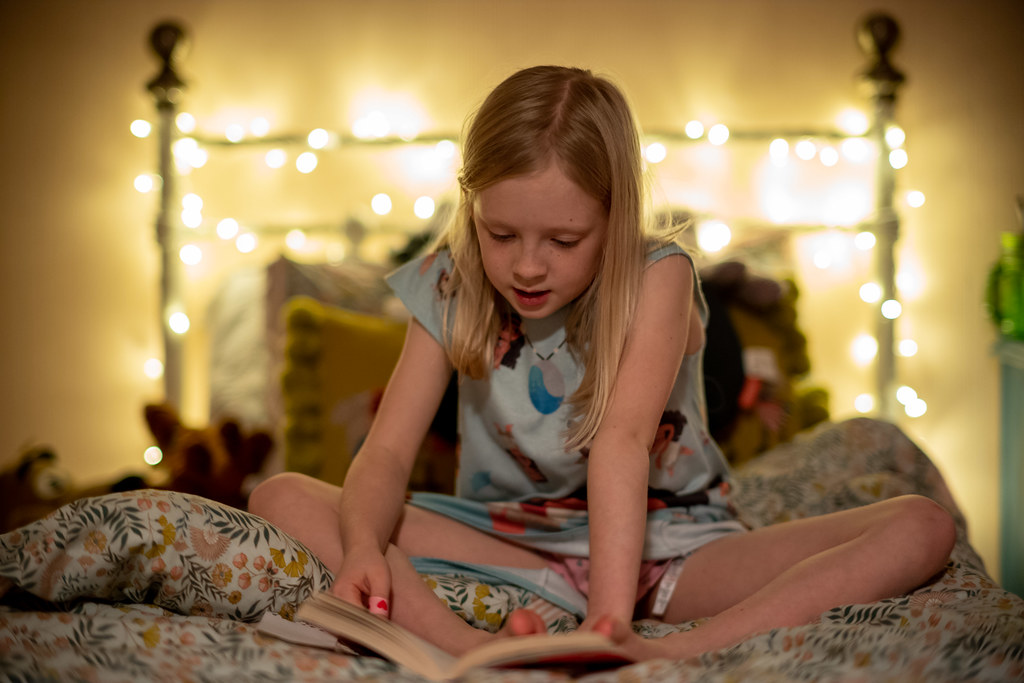
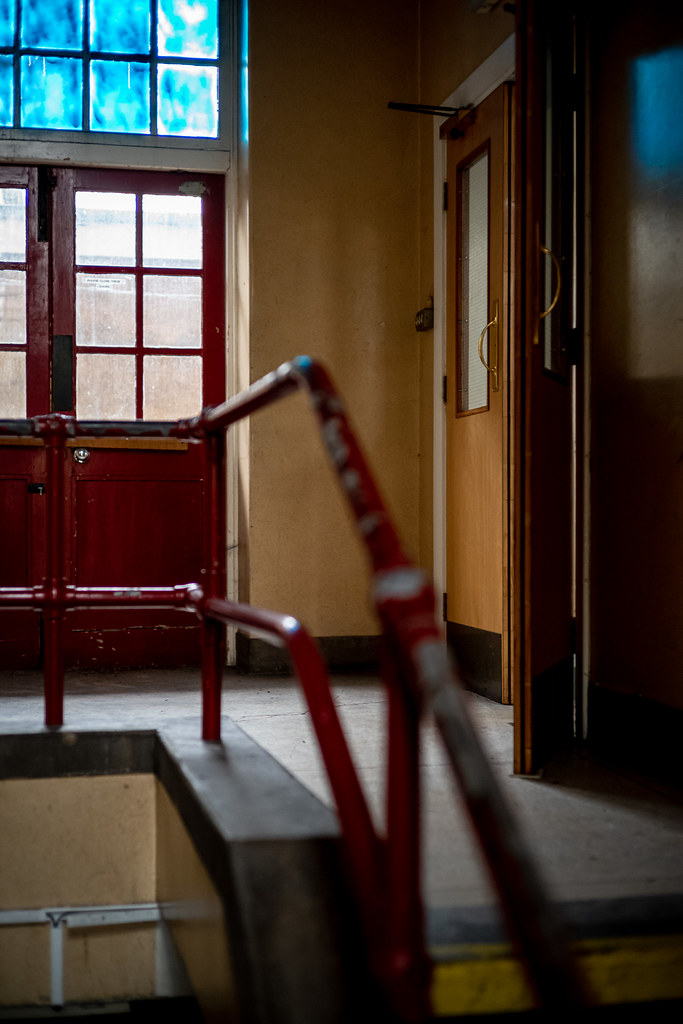
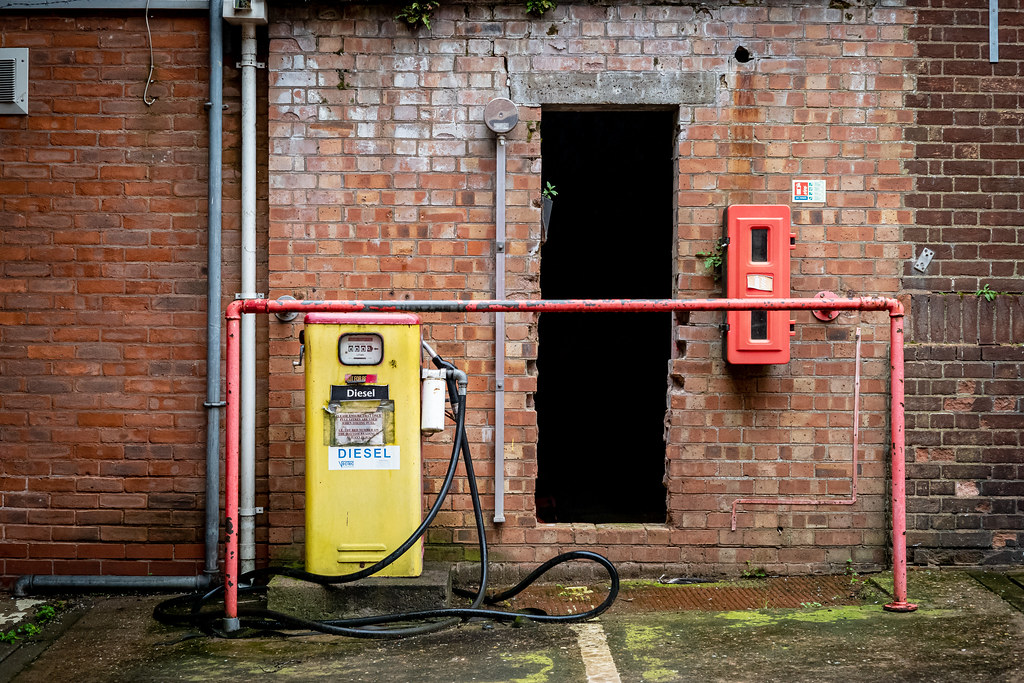

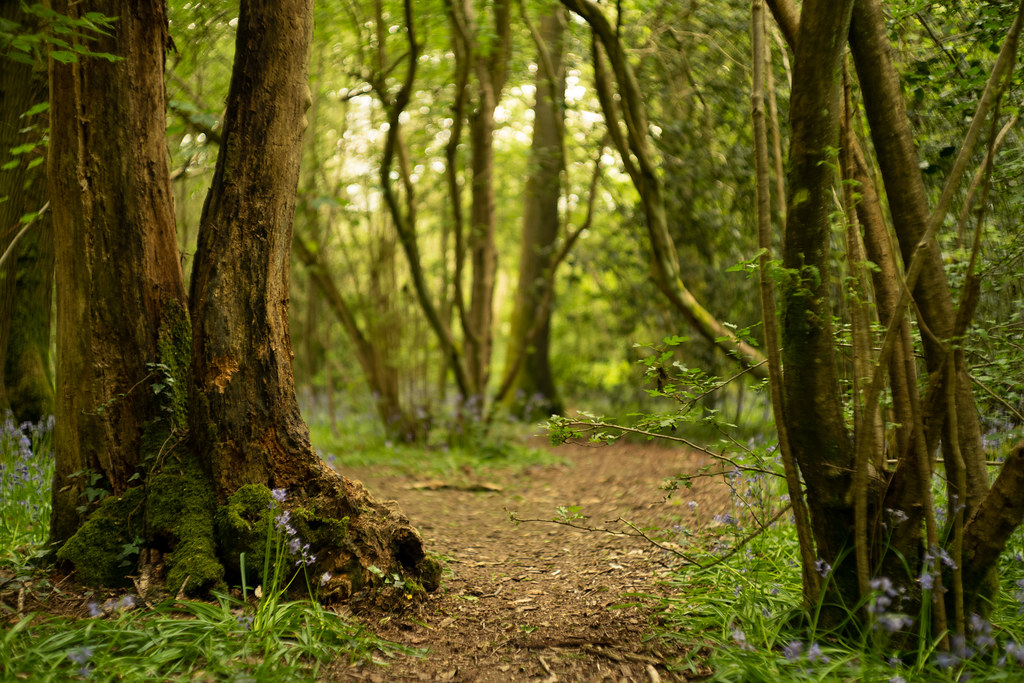
Brilliantly Underwhelming
So after all that, maybe you’re thinking I call it brilliantly underwhelming because I find it both brilliant and underwhelming. Well, you’d be right to a point, but unlike when I called the Sony A7Rii a “superb farce” of a camera, and didn’t like it for all the reasons I found it to be a farce, I actually really like all the Leica M10-P for all the reasons I find it underwhelming. In fact, so much so, that I can actually forgive it of its shortcomings, and rarely notice them in use!
I’ve actually been underwhelmed by my Leica M10-P since day one. Once I had made the choice to get one, I was very keen to get it – but when I first took it out of the box, I found myself to be a lot less excited to have it than I expected. I suppose what I really mean by “underwhelmed” is simply that I wasn’t overwhelmed by it. I put a lens on it, had a quick look in the menu, felt that I understood how to use it entirely in the space of about 5 minutes, then set it aside and went about my day. As it was, I don’t think I even used it in anger for at least a week after I received it. Not because I didn’t want to, I just didn’t need to. I knew that when the time came to shoot it, I wouldn’t have any issue just picking it up and getting on with it – and that’s exactly what happened.
If you compare that to the experience with the Fuji X100v, you can perhaps see why this is such a big deal to me. I wrote an article almost as long as this one just about how I have set up the X100v buttons, and to be honest, I still don’t feel like I’ve got to grips with entirely. The X100v – despite very strong efforts by Fuji – is, to me, an overwhelming camera. The Leica M10-P isn’t.
But, the simplicity of the Leica M10-P is just part of what makes me feel underwhelmed by it. I don’t think by many people’s standards there’s much that’s particularly exciting about these cameras. This is a big chunk of the reason why Leica have so many detractors when it comes to the M-Mount digitals – they don’t do much, and thanks to their functionalist design, they don’t look very exciting either. But even as someone who’s familiar with, and indeed gets a lot of enjoyment out of shooting a Leica rangefinder, there really isn’t that much to get excited about when it comes to the Leica M10-P – it’s just not different enough from what came before to make it that exciting.
But as I’ve hopefully got across, nothing about this feels like a bad thing to me. Quite the opposite in fact. Leica have – at least in my opinion – have done a superb job evolving this concept. The Leica M10-P solves more of the problems of the digital rangefinder concept than any of them have so far. But not through Leica just throwing more and more at it.
Making the concept digital rangefinder more complicated and feature-packed would have been the easy path to take – like Sony, they could have just thrown the kitchen sink in there in the hope that more and more people would like it. But that isn’t what the Leica digital rangefinder concept is about. It is instead a simple product; by design, sure, but also because that’s what its user base wants. 66 years in, with a few mistakes, and at least one largely less well received tangent under their wing, they are almost duty bound to refine and subtly evolve and improve the concept.
As I have outlined, they never get it quite right – and it does seem to take ages for them to achieve improvements that seem quite obvious – but certainly when it comes to the digital versions of this camera, the Leica M10-P feels like the most successful, and indeed the most complete camera in the series so far. I personally want for nothing when I use it.
Though I must admit, I can’t help wondering what the M11 will bring…
Share this post:
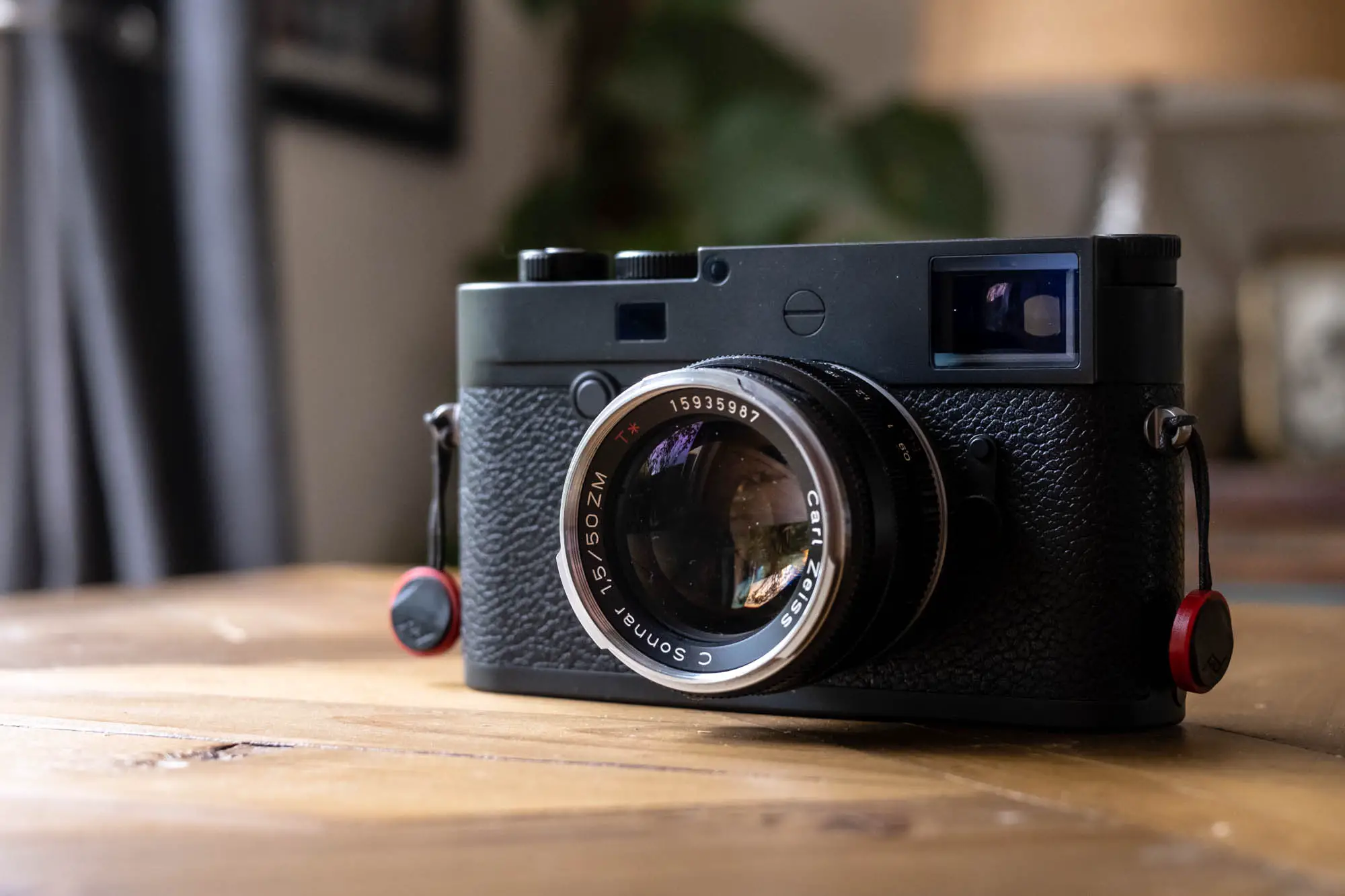








Comments
Rob MacKillop on Leica M10-P Review – A Brilliantly Underwhelming Digital Rangefinder
Comment posted: 06/07/2020
Comment posted: 06/07/2020
JOHN K LOCKWOOD on Leica M10-P Review – A Brilliantly Underwhelming Digital Rangefinder
Comment posted: 06/07/2020
Comment posted: 06/07/2020
Mike on Leica M10-P Review – A Brilliantly Underwhelming Digital Rangefinder
Comment posted: 07/07/2020
I'm waiting for what M11 has in store for me. I fear it won't offer the perfect experience for LV users either, Leica maybe having trouble making the chip low-power enough to have the battery life for example. Or perhaps they cite legacy concerns, saying that M is not supposed to be this LV, mirrorless camera. If this is the case, I have saved a good chunk of money, because sticking to M lenses and OVF, the MP240 is just stupendous.
Like you, I see immense value in ability to adapt any old glass on the M. M lenses are wonderful but if you want to take the occasional landscape shot with a Canon FD 200 mm then it is most wonderful you can achieve this with just one body.
People say, one can adapt those lenses on a Sony or Nikon and get other benefits too. Yes, but Leica M (or SL) is the only platform that offers good support for M lenses too. In this sense M (or SL) is the most versatile platform, of them all.
Comment posted: 07/07/2020
Comment posted: 07/07/2020
Comment posted: 07/07/2020
eric on Leica M10-P Review – A Brilliantly Underwhelming Digital Rangefinder
Comment posted: 07/07/2020
In fact this is with digital cameras we discover the most that no camera is perfect ;-)
We have to take Leica M digital camera for what they are : the RF experience which we can get maybe in a better way with the Fuji X3-pro which has great lens and provide great results ... ;-) who needs really so many pixels. I use my Sony at half pixels for the flowers I take which I must reduce the size to use as back for my thoughts in my Philosophical web site, so .... before I have a Fuji and pictures was clean
For film Leica M is one of better experience with TLR.
A Leica Digital M is to keep a feeling knowing we will never match the result of top cameras as Sony and Nikon, but they will stay in market. Olympus has left, some will do to, Leica I do not think so, because they have a niche and this is a luxury brand under the eyes of a famous french luxury company. Just hope they will not have too much lose with their amazing cooperation with an asian big brand that nearly all the world care now for real reasons ... Leica does not need this kind of cooperation, it depreciate his value, what is a Leica lens on a smartphone : this is bigger joke than Sony A7 RII
Comment posted: 07/07/2020
Taffy Ledesma on Leica M10-P Review – A Brilliantly Underwhelming Digital Rangefinder
Comment posted: 07/07/2020
But like one poster said, if I were going take a camera all over the world I personally can't think of a better companion (ok, maybe the M10 D, lol) because, in this iteration of the digital M there are hardly any compromises for a digital RF shooter.
Huss on Leica M10-P Review – A Brilliantly Underwhelming Digital Rangefinder
Comment posted: 08/07/2020
There is a long interview/discussion on Youtube between a Leica's Andreas Kaufman and Ralph Gibson. Kaufman mentions they dropped video from the M10 as it caused the camera to overheat due to the smaller body:
https://www.youtube.com/watch?v=3Yaf8l1quJQ
The thing about the digital spirit level - it was present on the M240, they removed it on the M10 but added it back on the M10-P which is really lame.
The M10 should have had it if the M240 had it.. marketing I guess to make the M10-P seem more special.
Marc Wick on Leica M10-P Review – A Brilliantly Underwhelming Digital Rangefinder
Comment posted: 08/07/2020
Comment posted: 08/07/2020
Comment posted: 08/07/2020
B. Walter on Leica M10-P Review – A Brilliantly Underwhelming Digital Rangefinder
Comment posted: 31/08/2021
Comment posted: 31/08/2021